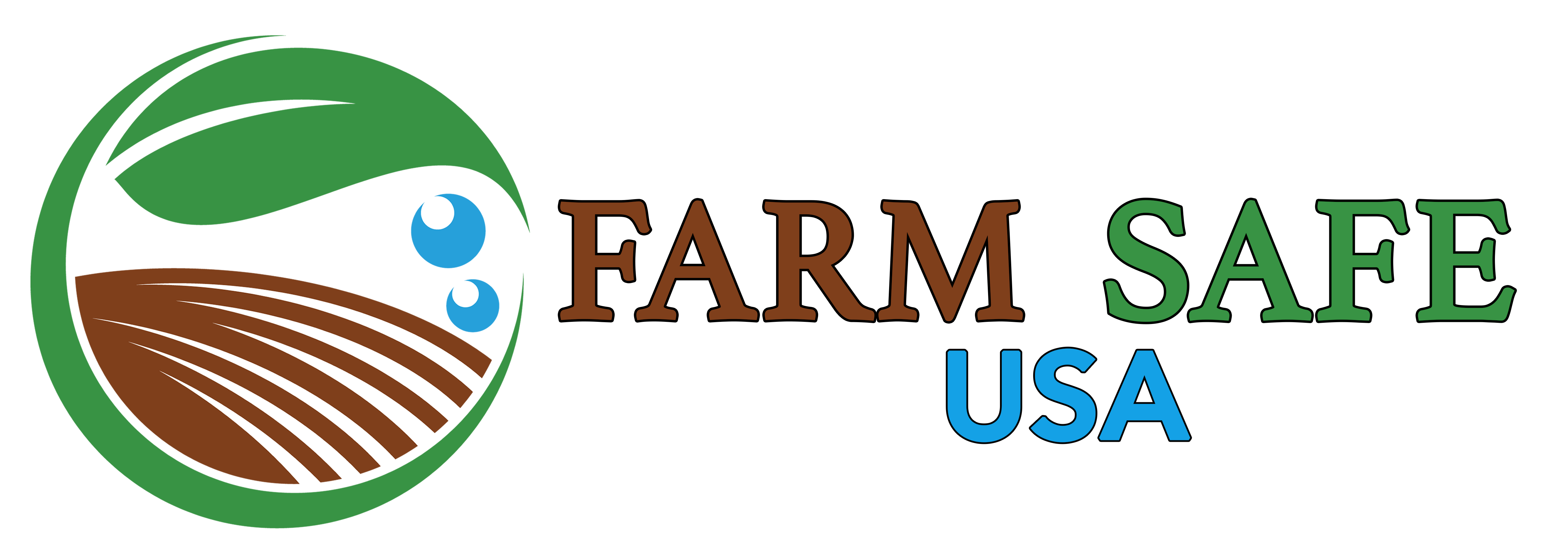FOLLOWING IS SOME HELPFUL INFORMATION ON THE AGRICULTURAL WATER PORTION OF THE PRODUCE SAFETY RULE
The Agricultural Production Water section of the FSMA Produce Safety Rule can seem complicated and confusing. In this section, we will continue to provide up-to-date information and resources to help with understanding the requirements, testing methods and compliance dates.
LATEST UPDATE (01/12/2019)
Subpart E of the Produce Safety Rule, The Agricultural Water provision, has been put on hold until at least 2022 as the FDA reviews the requirements of the Subpart and make possible changes. While the review is ongoing, the regulations for the AG Water are on hold. However, it is still wise agricultural practices to continue to monitor your water; have it tested for quality so you have an idea what your baseline quality is; monitor your water system annually; and keep your system maintained. Safe produce is important regardless of regulations.
More Information…
Proposed Extended Compliance Dates Clarified by Dr. Trevor Suslow, UC Davis 2/03/2018
“Here is our best “unofficial” understanding of when water testing must be initiated. In accordance with the revised and extended compliance dates for establishing a Microbial Water Quality Profile for covered activities under Subpart E – Agricultural Water (this of course assumes that some testing program and a MWQP is retained during the interval between 1/26/2018 and 1/26/22), the following applies:
- The initiation of microbial indicator testing would not be a compliance requirement for larger businesses (> $500K) until the compliance date of 1/26/22
- The initiation of microbial indicator testing would not be a compliance requirement for small businesses (> $250K < $500K) until the compliance date of 1/26/23
- The initiation of microbial indicator testing would not be a compliance requirement for very small businesses (> $25K < $250K) until the compliance date of 1/26/24
- The earliest compliance for MWQP expectation for surface water, for example, would not occur until 1/26/24‐26 for the larger businesses.”
Who does the water requirements apply to:
i. All covered farms/produce growers who use production water on their farm. Production water is defined as water that is used in growing activities where water is intended to, or is likely to, contact produce including irrigation, fertigation, crop sprays, cooling, and frost protection and must be safe and of adequate sanitary quality. Pathogens can be introduced into water and contaminate produce during growing activities, so steps must be taken to reduce risk.
ii. According to the FDA, the GM/STV criteria, and the associated testing requirements, do not apply to water that does not come in direct contact with the harvestable portion of the produce. For example, these requirements will not apply to water used for drip irrigation of tree crops that grow high above the ground and are not likely to touch the ground.
Alternate Testing Methods:
FDA has determined that the following methods are scientifically valid and at least equivalent to the method of analysis in § 112.151(a), “Method 1603: Escherichia coli (E. coli) in Water by Membrane Filtration Using Modified membrane-Thermotolerant Escherichia coli Agar (Modified mTEC)” (December 2009), in accuracy, precision, and sensitivity in quantifying generic Escherichia coli in agricultural water.
- Method 1603: Escherichia coli (E. coli) in Water by Membrane Filtration Using Modified membrane-Thermotolerant Escherichia coli Agar (Modified mTEC) (September 2014). U.S. Environmental Protection Agency. EPA-821-R-14-010.
- Method 1103.1: Escherichia coli (E. coli) in Water by Membrane Filtration Using membrane-Thermotolerant Escherichia coli Agar (mTEC) (March 2010). U.S. Environmental Protection Agency. EPA-821-R-10-002.
- Method 1604: Total Coliforms and Escherichia coli in Water by Membrane Filtration Using a Simultaneous Detection Technique (MI Medium) (September 2002). U.S. Environmental Protection Agency. EPA-821-R-02-024.
- 9213 D – Natural Bathing Beaches (2007). In: Standard Methods for the Examination of Water and Wastewater, 22nd Edition (Rice E.W., et al., Ed.), 9-46 – 9-48. Washington, DC: American Public Health Association. (2012).
- 9222 B – Standard Total Coliform Membrane Filter Procedure (1997), followed by 9222 G – MF Partition Procedures (1997) using NA-MUG media. In: Standard Methods for the Examination of Water and Wastewater, 21st Edition (Eaton A.D., et al., Ed.), 9-60 – 9-65, and 9-70 – 9-71, respectively. Washington, DC: American Public Health Association. (2005).
- D 5392-93 – Standard Test Method for Isolation and Enumeration of Escherichia coli in Water by the Two-Step Membrane Filter Procedure. In: Annual Book of ASTM Standards, Volume 11.02. ASTM International. (1996, 1999, 2000).
- Hach Method 10029 for Coliforms – Total and E. coli , using m-ColiBlue24 Broth PourRite Ampules.
- IDEXX Colilert Test Kit , but only if using IDEXX Quanti-Tray/2000 for quantification.
- IDEXX Colilert-18 Test Kit , but only if using IDEXX Quanti-Tray/2000 for quantification.
For more information: FSMA Final Rule on Produce Safety
More Helpful Links
• FDA Considering Simplifying Agricultural Water Standards
• How Did FDA Establish Requirements for Water Quality and Testing of Irrigation Water? Questions and Answers with Samir Assar
• Water Compliance Extended Dates Clarification by Dr. Trevor Suslow, US Davis Feb.23,2018
• Proposed Extension of AG Water Compliance Dates – Federal Registry
• Equivalent Testing Methods for AG Water – FDA added more testing methods than the one in the original law language. This is a list of the accepted methods.
